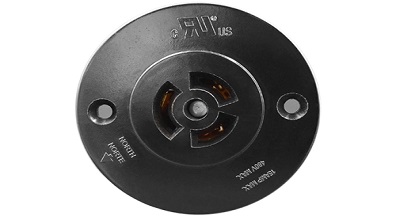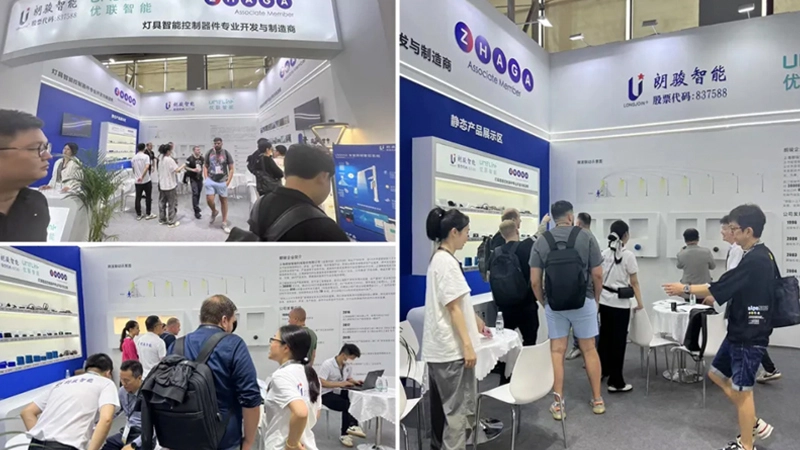Call us
+86-21-56666351The street light photocell is an automated control system widely used in public lighting facilities such as city roads and streets. It adjusts the switch-on and switch-off of street lights automatically by sensing changes in ambient light, ensuring reasonable road lighting and achieving energy-saving effects. To ensure the normal operation and long-term stable performance of the street light photocell, attention must be paid to electrical safety, device stability, and relevant lighting standards during installation. Below is a detailed installation guide for the street light photocell.
Selecting a Suitable Street Light Photocell
Before installation, choose a street light photocell based on the actual application scenario. Priority should be given to products with waterproof and dustproof features to adapt to harsh outdoor weather conditions. Considering the high-intensity working environment of street lights, the quality, durability, and adaptability of the controller are particularly important.
Checking Electrical Circuits
Before installation, conduct a comprehensive check of the existing electrical circuits to ensure they are complete, with no short circuits or damage, and meet electrical safety standards. The circuits should be kept as short and straight as possible, avoiding unnecessary bends and joints to improve stability and safety.
Determining the Installation Position
The installation position of the street light photocell directly affects its sensing efficiency. Choose a position with no obstructions and sufficient light, ensuring the street light photocell can accurately sense changes in ambient light. Typically, the street light photocell is installed at the top of the street light pole or inside the lamp.
1. Turn Off Power: Before installation, be sure to turn off the power to ensure no current flows during the installation process, preventing electrical accidents.
2. Fixing the Controller: According to the design requirements of the street light photocell, fix it in the designated position. Ensure that the light-sensitive surface of the controller faces the sky to accurately sense changes in ambient light.
3. Connecting Circuits: Connect the electrical circuits as per the instructions, ensuring a solid connection between the street light photocell and the power lines, ground lines, etc., of the street light. Avoid loose connections or poor contact at the wiring points to ensure circuit stability.
4. Adjusting Sensitivity: Some controllers come with a sensitivity adjustment function. Adjust the sensing range of the controller based on actual needs. Adjusting the sensitivity can prevent the controller from switching the street light too early or too late when light changes are not apparent.
5. Function Testing: After installation, turn on the power for functional testing. Observe whether the street light can automatically switch on and off based on changes in ambient light, ensuring the controller is working properly. If abnormalities are found, troubleshoot and adjust the installation position or wiring promptly.
Avoid Glare Interference: During installation, choose an appropriate location to prevent the light-sensitive surface of the controller from being affected by the street light itself or surrounding light sources, avoiding misjudgment of light changes. The correct installation position can effectively reduce road surface glare and unnecessary light pollution.
Optimize Wiring Layout: The connection circuits between the controller and the street light should be as short and stable as possible, avoiding excessively long cables or poor contact at joints to improve system stability and reliability.
Waterproof and Dustproof Measures: Since street light photocells are generally installed outdoors, ensure they have good waterproof and dustproof performance. During installation, check the sealing of the junction box, ensuring the equipment can operate stably in harsh weather conditions for a long time.
Regular Inspection and Maintenance: Although the controller has a high degree of automation, regular checks are still necessary. Clean dust or dirt from the light-sensitive surface and check the sensing sensitivity to ensure the equipment works normally over the long term.
The street light photocell plays an important role in modern urban lighting systems, and its installation quality directly affects lighting effects and energy efficiency. By reasonably selecting products, standardizing installation steps, and conducting regular maintenance, stable operation of the controller can be ensured, providing intelligent and energy-saving solutions for urban lighting. We hope this guide can assist you in successfully completing the installation of the street light photocell.
This is the first one.
Address:
2nd Floor, Building 8, 129 Hulan West Road, Baoshan District, Shanghai, China


